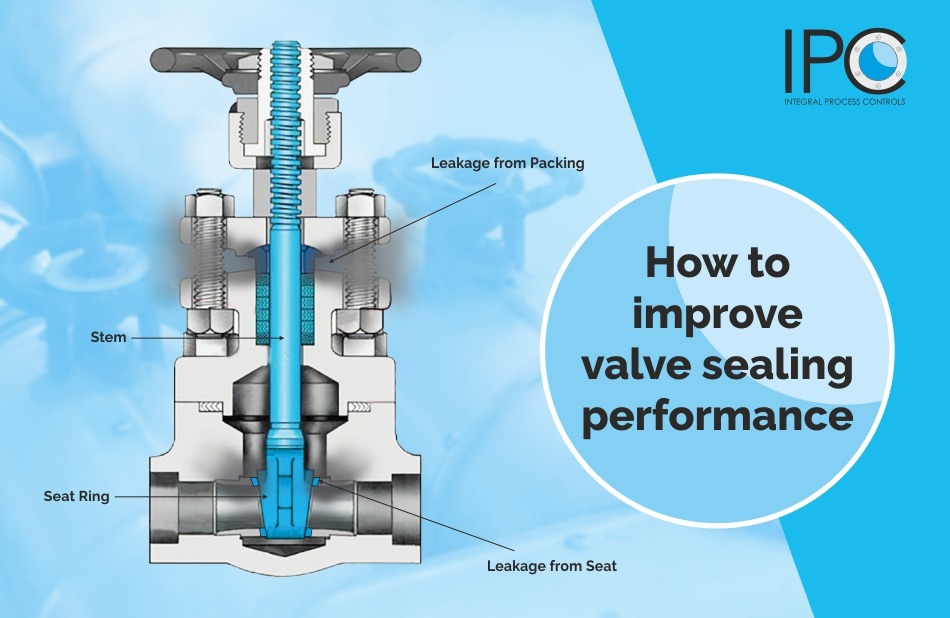On September 9, 2010 the world received a revision of a bitter lesson it should have learned earlier
A natural gas pipeline in San Bruno, California ruptured, leaking 47.6 million cubic feet of natural gas into the air, and causing a massive fire that claimed 8 lives.
One factor that contributed to the accident was issues with sealing performance and packing friction in valves.
Packing friction created issues with control valves. This in turn led the pressure within the pipeline to oscillate to extremes. When the pressure exceeded the pipeline capacity, the line burst.
If the sealing performance and reliability of valves is not up to the mark, it could cost us precious lives and property.
Are you taking these measures to enhance the sealing performance of valves?
In some designs, disc springs are inserted between the gland and nut to consistently maintain the necessary load on packing. The springs will maintain the load on the gland follower in case occurrences such as thermal shifts, changes within the stuffing box, or consolidation lead to relaxation of the pressure. The capability of this load depends on the design of the packing stack and deflection capabilities of the springs.
The intrinsic characteristics of the sealing rings impact the sealing capability of the valve. Many times packing rings made of the same material are used throughout the entire plant. This is not advisable. The environment in which the valve is operating needs to be considered when selecting materials for packing rings. Common materials used include graphite and PTFE. However, with the emergence of new materials, different configurations are possible for valve sealing performance.
The sealing ability of the gland packing and the freedom of movement of the valve stem are both critical to valve performance. How do you balance both is a key question. The friction between the two must be kept lowest to allow movement of the stem while reducing wear and tear of the packing and stem. The three most commonly used strategies to reduce friction include:
● Minimizing the load on the packing set
● Reducing the number of packing rings
● Changing the packing material
Drawing from the previous point, the alignment and finishing of the valve stem impacts valve sealing. There should be enough clearance between the valve stem and other metallic parts of the packing. A less than desired clearance might lead the stem to be scratched, leading to leakages.
Conclusion
Valves come in different configurations, shapes and sizes. Leakage can happen in multiple paths and it cannot be reduced by a single product or solution. Valves need to be closely customized to suit your application and reduce leakage. From choosing the right material for packing rings to considering valve design for stem alignment, one must look closely at every component when selecting a valve.
IPC gives close consideration to all of these aspects in valve design. A transparent manufacturing process enables the customer to track the production and testing of the valves to ensure it matches their desired quality.

